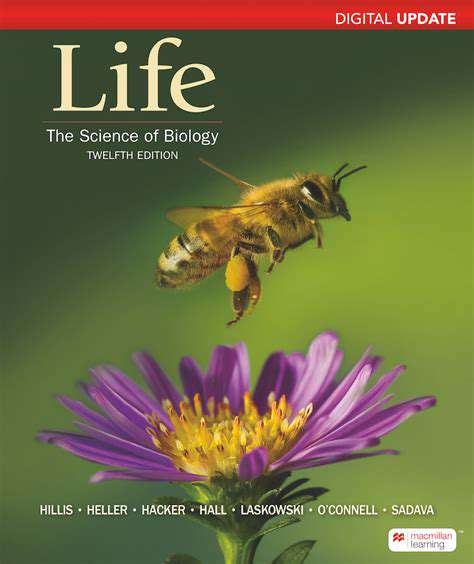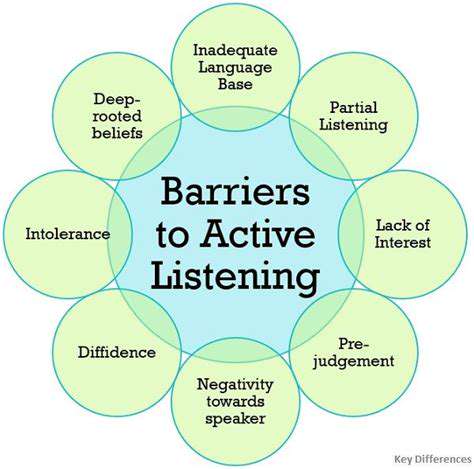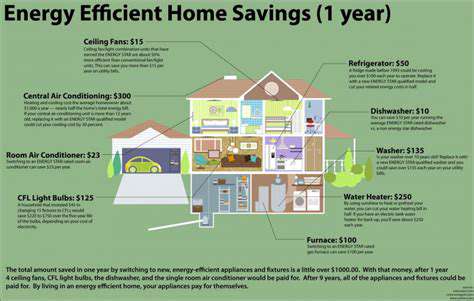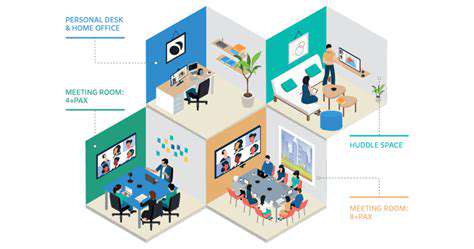How to Embrace Slow Living
Defining Slow Living: More Than Just a Trend

Mindfulness in Everyday Experiences
Slow living transcends mere inactivity; it's an active appreciation of life's fleeting moments. Whether enjoying a steaming cup of tea or engaging in meaningful conversation, this philosophy encourages presence. The conscious decision to reduce life's frantic pace creates room for reflection and authentic connection. True contentment often emerges not in constant motion, but in moments of quiet awareness.
When we decelerate our rhythms, we open doors to self-discovery. This space allows us to confront stressors honestly and develop healthier relationships with ourselves and our environment.
Valuing Substance Over Superficiality
Central to slow living is the preference for depth over breadth. Rather than accumulating possessions or rushing through tasks, we focus on experiences that enrich our existence. This perspective shift lets us notice life's subtle textures and nuances. The real worth of any experience lies in its resonance, not its duration or frequency.
Fostering Meaningful Relationships
Slow living celebrates human connection. It encourages investing time in relationships that matter - whether with family, friends, or community. Nourishing these bonds requires the very time and attention that slow living provides. In an era of digital connections, this approach reminds us of the irreplaceable value of face-to-face interaction.
Such connections create networks of support and belonging, essential for navigating life's complexities with grace.
Conscious Consumption Choices
This philosophy naturally extends to our purchasing habits. It invites consideration of our ecological footprint through supporting local artisans, choosing sustainable products, and reducing waste. Mindful consumption creates bridges between producers and consumers, honoring the craftsmanship behind everyday items. Each purchase becomes an opportunity to vote for the world we want to inhabit.
The Beauty of Simplicity
At its core, slow living embraces intentional simplicity. It means removing life's clutter - both physical and mental - to focus on what truly nourishes us. Identifying priorities allows us to eliminate energy-draining distractions. The result is a life shaped by conscious choice rather than reactionary impulses.
This deliberate approach cultivates existence aligned with personal values rather than societal pressures.
Identifying the Costs of Constant Motion

Early Indicators of Overexertion
Heart palpitations or unusual cardiac awareness often signal excessive pace. These sensations, sometimes accompanied by dizziness, warrant attention as potential health warnings. Breathlessness during minimal activity presents another critical red flag. Tracking these symptoms' frequency and triggers provides valuable health insights.
Root Causes of Acceleration
Multiple factors can drive our systems into overdrive. Stress, certain medications, and lifestyle choices all influence our rhythms. Recognizing personal triggers is the first step toward sustainable solutions. Medical conditions including thyroid imbalances or cardiovascular issues also require professional evaluation.
Caffeine habits, smoking, and sedentary patterns contribute significantly to these patterns. Honest self-assessment of daily routines often reveals surprising connections.
Restoring Balance
Simple adjustments frequently yield significant improvements. Regular movement, nutritious eating, and stress-reduction practices like meditation help regulate our systems. Breathwork and relaxation techniques can effectively reset our physiological baseline. Avoiding known stressors and prioritizing rest completes this holistic approach.
When to Seek Expertise
Persistent symptoms like chest discomfort or fainting require immediate medical consultation. Professional assessment can rule out serious conditions through ECGs, bloodwork, and comprehensive evaluation. Healthcare providers offer tailored strategies addressing each individual's unique needs.
Practical Slow Living Integration

Present-Moment Awareness
Slow living complements rather than contradicts productivity. It's about infusing daily activities with conscious attention. Noticing life's small beauties - sunlight through leaves, a child's laughter - enriches our experience exponentially. This quality of attention transforms mundane moments into small celebrations.
The Depth Principle
The modern fixation on more often leaves us feeling depleted. Choosing fewer, richer experiences over constant activity changes this equation. Investing fully in a single conversation or creative project yields greater satisfaction than skimming multiple surfaces. This approach applies equally to work, relationships, and personal growth.
Cultivating Attention
Mindfulness practices train our capacity for sustained focus. Simple exercises - tasting food attentively or noticing breath patterns - build this muscle. Regular practice gradually rewires our relationship with time and attention. These skills help intercept autopilot living and return us to conscious choice.
Curating Supportive Spaces
Our environments significantly influence our rhythms. Decluttering physical spaces, establishing tech boundaries, and creating relaxation zones all support slower living. Thoughtfully designed surroundings act as daily reminders of our priorities. These spaces become sanctuaries from cultural hurry.
Passion Exploration
Slow living creates bandwidth for rediscovering what excites us. Without the pressure to monetize every interest, we can explore hobbies purely for joy. These explorations often reveal unexpected dimensions of ourselves and our capabilities. The process matters as much as any product.
Community and Nature Bonds
Human connection and natural rhythms ground us in what matters. Shared meals, unhurried conversations, and time outdoors all nourish our souls. These connections remind us of our place in larger webs of life. They provide perspective when modern life feels overwhelming.










